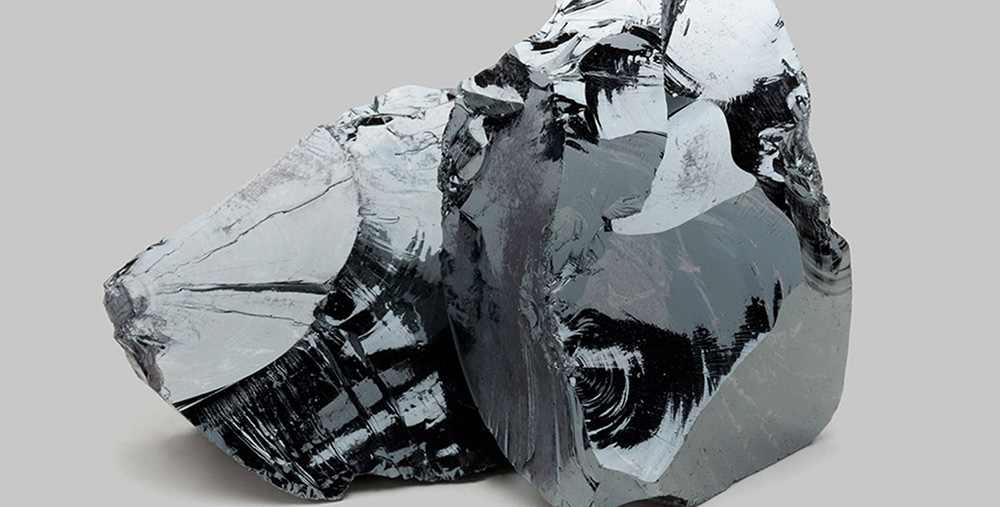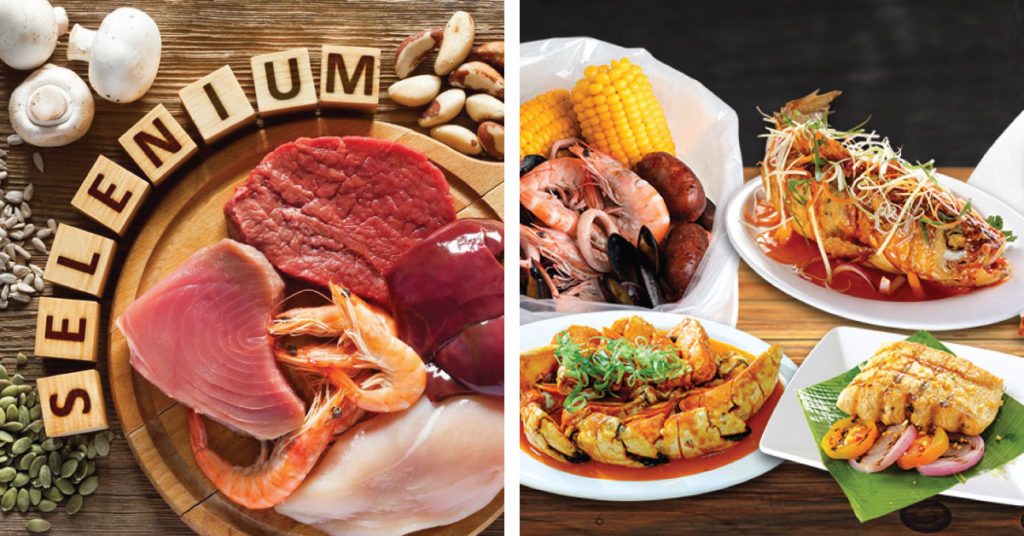A team of medical researchers from a university in the United Kingdom has identified a correlation between selenium levels in the body and the rate of recovery and deaths of those with COVID-19 cases in China.
According to medical researchers from the University of Surrey, selenium, an essential trace element found in a variety of dietary sources such as meat, cereals, and most especially on fish, affects the severity of viral diseases in animals and humans.
For instance, for patients with HIV status, selenium is an important factor in minimizing the progression of the disease to AIDS.

Selenium is a non-metallic chemical element discovered in 1817 by Swedish chemist Jöns Jacob Berzelius while preparing sulphuric acid. Typically, it is extracted from copper residues along with tellurium and precious metals. In trace amounts, this element is essential to cell life | photo from google.com
According to researchers, it is the lack of selenium that leads to viral infections progressing more quickly resulting in death.
China is known to have populations with both the highest and the lowest selenium status in the world due to the country’s geographical differences in the soil. These geographical differences affect how selenium seeps into the food chain.
According to a published article from the university, Dr. Margaret Raymen, nutritional medicine professor said that “given the history of viral infections associated with selenium deficiency, we wondered whether the appearance of Covid-19 in China could be linked to the belt of selenium deficiency that runs from the north-east to the south-west of the country.”
Read the article here: Link identified between dietary selenium and outcome of Covid-19 disease
Their analysis from collected data revealed provinces and municipalities in China with more than 200 cases and cities with more than 40 cases are areas with high selenium levels. And infected patients in these areas were more likely to have recovered from coronavirus.
In Enshi City in Hubei Province, a province with the highest selenium intake in china, the patient’s recovery rate was almost three times higher compared to other cities in the Hubei province. However, in Heilongjiang Province where the intake of selenium is among the lowest in the world, death tolls from the virus reached almost five times higher compared to provinces outside Hubei.
Selenium inhibit viral replication by binding to the virus’ Protein Disulfide Isomerase, effectively disabling the virus’ ability to attach itself to the host ACE-2 receptors.
Key sources of selenium
The US National Library of Medicine noted that fish and seafood are good sources of dietary selenium. The concentration of selenium in seafood is high than those found in Cereals, wheat, and meat.
Read article here: Selenium supplementation in the prevention of coronavirus infections (COVID-19)
Among different seafood, yellow fin Tuna has the highest Selenium content at 92mcg per 85g serving size. Shrimps, crabs, oysters and other fishes contains 45-65 mcg per 85g serving size.
So where can we get Selenium-rich seafood since tri-cities are in lockdown?
Great News! Choobi Choobi Mabolo branch, Choobi Choobi Parkmall and Choobi Choobi Pueblo Verde in Lapu Lapu City are open to deliver a wide variety of fresh frozen seafood, all at very great value prices.
Choose from a wide variety selenium rich fishes like Yellow Fin Tuna Panga and belly, Golden Pompano, Tangigue fillet, Japanese Seabass and Swordfish belly. Or simply feast on our freshest shrimp straight from our farm.
Choobi Choobi offers other local and imported seafoods like crabs, lobsters, squid and even imported Japanese oysters.
Choobi Choobi offers free delivery for a minimum purchase of P1,500 of fresh seafood and or your favorite Choobi choobi Dishes.
For orders and inquiries, call them at 09171603000 or visit our Facebook page or our website at www.choobichoobi.com.
